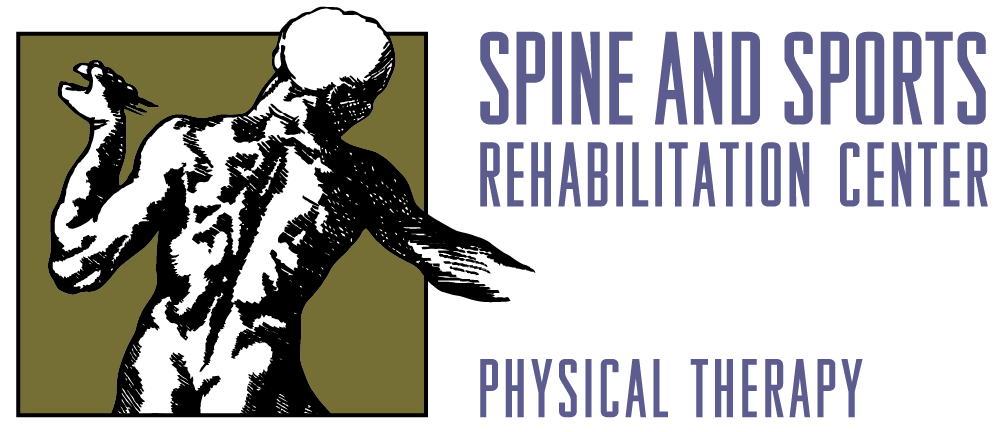Understanding Acute vs. Chronic Pain
For most of us, pain is a normal part of our daily experience, and it’s usually not very bothersome; we stub our toes and get papercuts during daily activities, and our bodies heal easily from these injuries. However, when pain becomes chronic, it can interfere with our lives. Understanding how pain works can help us manage it.
Pain has a helpful purpose: it lets us know that our bodies are in danger. Pain is a warning sign that tells us we should do something different in order to avoid harm. Our brains have developed a clever protective strategy: we feel pain BEFORE our bodies’ tissues are damaged. For example, if you place your hand on a hot stove, it hurts! You pull your hand away immediately. But when you look at your palm, there is no sign of burning or blistering. The pain was a warning - this is too hot! Prolonged contact with the hot surface might have burned your skin, but because your body warned you, you avoided an injury.
Pain can change our behaviors in more complex ways, too. When you stub your toe on the threshold, the pain strengthens the wiring of the brain circuits that help you learn how to move differently. Next time you’ll pick your foot up to avoid that threshold. This adaptation could help avoid a fall which could potentially cause greater harm.
Even with conditions that cause ongoing pain, like a sports injury, pain is still helpful. If you wake up with knee pain after a long run, your brain will monitor that pain very closely to help avoid activities that might put damaged tissues at risk. You might avoid jumping, use the other leg to go down the stairs, or wear a brace next time you run for extra support. These avoidant behaviors help you to heal from everyday wear and tear on your body.
Chronic pain has a different mechanism entirely.[1] Chronic pain is defined as pain that lasts for more than 6 months. Some long-lasting pain is due to inflexibility, weakness, trauma, repetitive stress, or other biomechanical problems, and these are usually easy to treat with traditional physical therapy methods. However, sometimes when pain lasts for a long time, the nervous system starts to change its wiring in a way that makes our brains more sensitive to pain. An injury that would have caused mild symptoms might start to feel bothersome, intrusive, and worrisome as the brain undergoes pain-related changes over time. Pain can change its character and even location - it might start to feel like burning, pins and needles, or even change sides of the body without explanation. In this case, the pain is no longer helpful. It isn’t providing useful information to help us change our behavior - instead it starts to sound like a broken record, repeating the same old message over and over again.
For patients with chronic pain, physical therapy looks different. The plan revolves around re-wiring the brain to have a more normal relationship with pain. Physical therapists start with treatments such as gentle cardio exercise, aquatic exercise, and education to help patients understand why their nervous system is responding the way it is. Activity trackers and gradual exposure to irritating activities can help patients get back in action. For people who don’t respond to these introductory therapies, mirror therapy, graded motor imagery, and desensitization training may be a part of the treatment plan.
There is evidence to suggest that physical therapy, especially exercise[2], should be the first line of defense for chronic pain conditions. Even when the nervous system goes haywire, there are techniques that can help. If you have chronic pain and simple treatments like ice, stretching, and exercise don’t help, get the advice of a physical therapist. The staff at Spine and Sports Rehab have plenty of experience treating acute and chronic pain, including chronic back and neck pain. Call us or click HERE to get some help.
Guest author Lizzie Cavanaugh Bellinger, PT, DPT
Board-Certified Orthopedic Clinical Specialist
Certified Orthopedic Manual Therapist
[1] Scholz J. Mechanisms of chronic pain. Mol Pain. 2014 Dec 15;10(Suppl 1):O15. doi: 10.1186/1744-8069-10-S1-O15. PMCID: PMC4304360.[2] Polaski AM, Phelps AL, Kostek MC, Szucs KA, Kolber BJ. Exercise-induced hypoalgesia: A meta-analysis of exercise dosing for the treatment of chronic pain. PLoS One. 2019 Jan 9;14(1):e0210418. doi: 10.1371/journal.pone.0210418. PMID: 30625201; PMCID: PMC6326521.